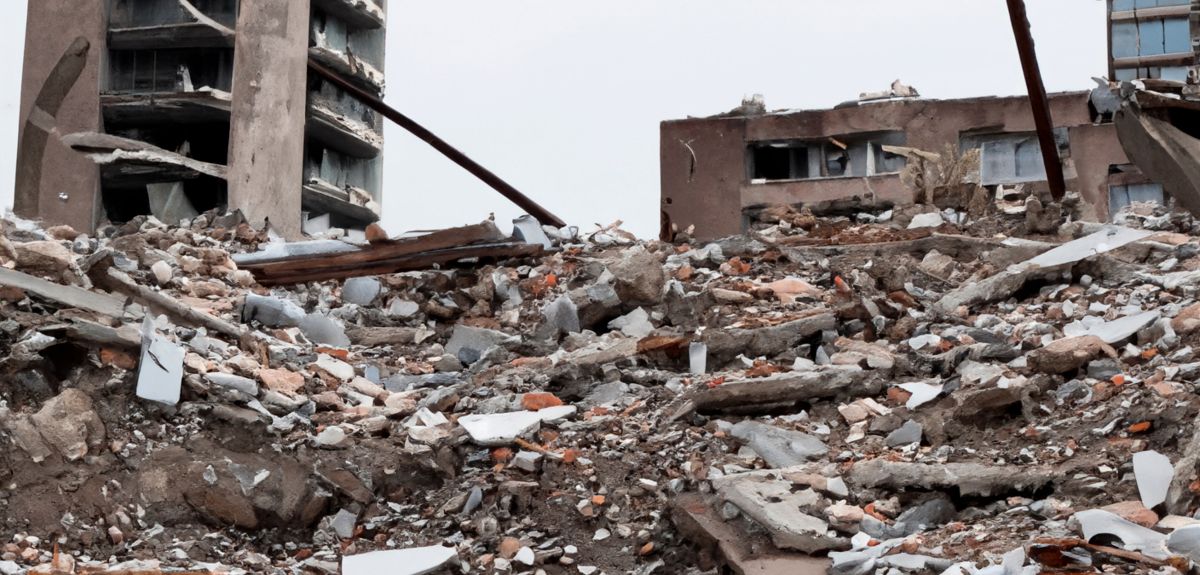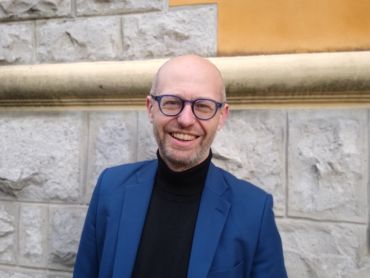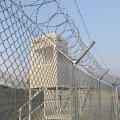
Expert comment: Professor Walker on the Morocco earthquake disaster
Professor Richard Walker (Department of Earth Sciences) describes the background to the devastating 8 September 2023 Morocco earthquake, which has a current death toll of nearly 2,500 lives.
 Professor Richard Walker. Image credit: Dr Claudia Bertoni.
Professor Richard Walker. Image credit: Dr Claudia Bertoni.The earthquake had a magnitude of 6.8. This is somewhat larger than other earthquakes that have occurred in Morocco in recent decades (the most recent being the 2004 Al Hoceima event, near the Mediterranean coast, which killed about 630 people). But the human effects of an earthquake don't just depend on its size, instead being a combination of effects from the earthquake source (magnitude, depth, type of faulting), the conditions of soil and rock at the surface (which can affect the intensity of shaking), the amount of people living in the region, and the vulnerability of the buildings in which they live. As such, even the largest earthquakes can have limited human effects if they occur far from populated areas, or in regions with very resilient buildings. Conversely, earthquakes of moderate size can cause devastation if they occur close to a city with vulnerable building stock. The 1960 Agadir earthquake, with its epicentre not too far to the west of the recent one demonstrates this point. It killed over 10,000 people, and yet it's magnitude of 6.3 would cause little damage in some of the more earthquake resilient parts of the world.
The Agadir earthquake, the recent disaster, and other destructive earthquakes of north Africa such as the 1980 El Asman earthquake of Algeria all result from the slow convergence of the African and European continents. The Mediterranean is just a small remnant of what was once a much larger ocean, which is slowly but constantly narrowing at a rate of millimetres to centimetres per year along its extent. The closure is far from uniform, with the continental rocks of the African and European plates impinging on each other in places, leading to crumpling and formation of large mountain ranges across parts of north Africa, southern Europe, and the eastern Mediterranean. The widespread and diffuse faulting mean that the rates of motion across any one fault zone can be very slow, and the recurrence of earthquakes can be very long. Nonetheless they can be devastating when they occur. The events unfolding in Morocco right now, just as in Turkiye in February, or Afghanistan last year, all highlight the need for long-term sustained effort to build resilience to these terrible events, which threaten so much of the global population.
 Landmark study definitively shows that conservation actions are effective at halting and reversing biodiversity loss
Landmark study definitively shows that conservation actions are effective at halting and reversing biodiversity loss
 Researchers find oldest undisputed evidence of Earth’s magnetic field
Researchers find oldest undisputed evidence of Earth’s magnetic field
 Honorary degree recipients for 2024 announced
Honorary degree recipients for 2024 announced
 Vice-Chancellor's innovative cross-curricular programme celebrated
Vice-Chancellor's innovative cross-curricular programme celebrated
 New database sheds light on violence in Greek detention facilities
New database sheds light on violence in Greek detention facilities